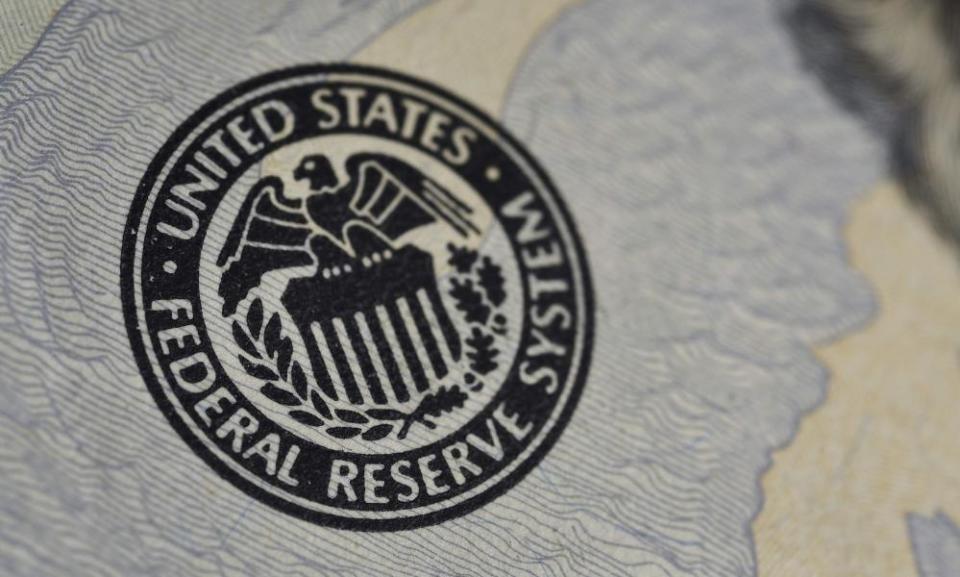US Federal Reserve raises interest rates a quarter-point amid banking turmoil

Facing the worst banking crisis since 2008 and the highest inflation rate in a generation, the Federal Reserve chose to keep fighting price rises and announced another hike in interest rates.
The US central bank announced on Wednesday that its benchmark interest rate would rise another quarter of a percentage point to a range of 4.75% to 5% – its ninth consecutive rate rise and the highest rate since 2007. A year ago interest rates were close to zero.
The latest increase was smaller than the half-point increase that some had expected before a series of bank collapses shook global markets.
In a statement, the Fed said the impact of the banking crisis was “uncertain” but inflation “remains elevated”.
Fed chair Jerome Powell said the Fed had considered pausing rates in the days running up to the decision but had concluded that the banking crisis was under control and that more rate rises were needed to bring down inflation.
“We are committed to restoring price stability and all of the evidence says that the public has confidence that we will do so,” he said. “It’s important that we sustain that confidence with our actions as well as our words.”
The collapse of Silicon Valley Bank (SVB) earlier this month has been linked in part to the Fed’s recent rate moves. SVB had poured deposits into long-term securities whose value had fallen as interest rates rose. Those losses spooked depositors and led to a run on the bank.
Powell called SVB an “outlier” that had “failed badly”. He argued that the US banking system remained strong but added “it is clear we do need to strengthen supervision and regulation”.
Inflation remains a global issue. In the UK inflation hit an annual rate of 10.4% last month. The Bank of England is expected to raise rates tomorrow in an effort to tamp down prices. The European Central Bank raised rates by 0.5 percentage points last week even as the banking crisis rocked Credit Suisse, Switzerland’s second biggest bank. Inflation in the eurozone is averaging 8.5% and was likely to remain high “for too long” without continued rises, the bank said.
Powell has consistently said that taming inflation is the central bank’s top priority. Prices were 6% higher in February than they were a year ago, markedly lower than the 9.1% annual rate of inflation recorded last June but still a long way from the Fed’s target of 2%.
Before SVB’s collapse Powell told a Senate banking committee: “Although inflation has been moderating in recent months, the process of getting inflation back down to 2% has a long way to go and is likely to be bumpy.”
After Powell’s testimony analysts speculated that the Fed could increase rates by another 0.5 percentage points after its March meeting. But those calculations were thrown off by the banking crisis.
Following SVB’s collapse New York’s Signature Bank experienced a similar crisis as worried depositors pulled their funds. Last weekend Swiss authorities brokered a deal to sell troubled Credit Suisse to larger rival UBS. Wall Street’s biggest banks have had to step in to prop up First Republic, another mid-sized US bank whose share price has collapsed as depositors have fled.
The Fed’s latest statement did hint that its rapid series of rate rises may be drawing to a close. Officials dropped a phrase used in their previous eight statements that said the committee anticipated “ongoing increases” in rates would be appropriate and replaced it with: “The committee anticipates that some additional policy firming may be appropriate.”
The Fed’s decision to keep raising rates to tackle inflation, coming after the European Central Bank made the same decision, increases the odds that the Bank of England will follow suit on Thursday.

